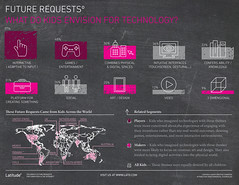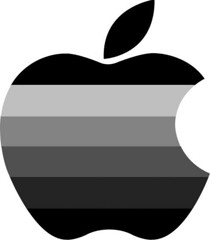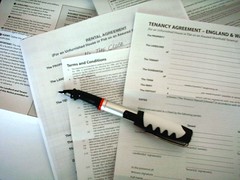Preparing the ideas and creating the storyboard was the second obstacle I had to overcome as I have seen these for movies and such, but never paid any attention to them and were turned off by them so for me to face that alone was pretty difficult, luckily there were plenty of resources to gather information about creating a storyboard and I was able to put one together. After the storyboard I had to get down and dirty and start looking for images and other information that I wanted to use in my presentation.
Like I said this project seemed fun and easy from the beginning. It was one of those "Don't judge the book by it's cover moments." I mean, I did have fun creating the presentation, I just wish I had better hardware like a better mic and better software like garageband or something to easily create background music or something. Overall, with what I had to work with, I feel I did a good job, not great, but good.
*Permission granted for reuse by Standard YouTube
License.
I feel that my presentation did flow well and I answered questions to how I would make the changes that I brought up. After watching my presentation a few times, I now feel that my introduction could have been more interesting, something to intrigue the audience or capture their attention. I didn't have any real data to validate any claims, it just seemed more common sense type of stuff that we should do to make these changes at my employer. Also one fellow classmate mentioned that one of my slides was hard to read and after reviewing it, I have to agree somewhat, it was a somewhat cluttered slide, kind of on the edge of being too cluttered I think. But I didn't want to make any changes because any changes to the slide would have made it feel more cluttered and expanding the information into two slides would have been too much. Also I feel that I did flow very well with the presentation, as I rehearsed it many times and had recorded the slide lengths in order to focus on narrating it at the appropriate time.
*Permission granted for reuse by Standard YouTube
License.




